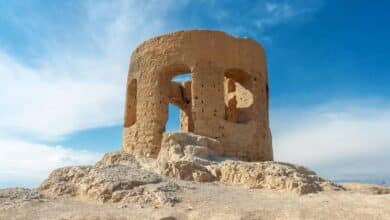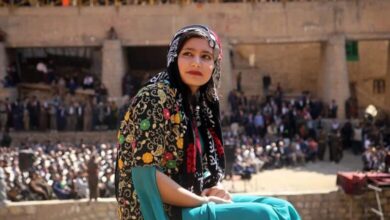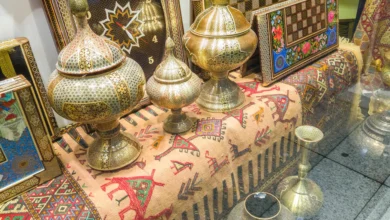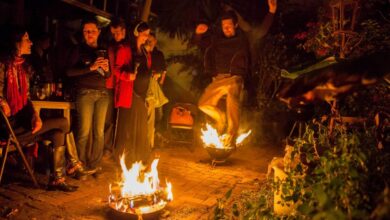Superstition in Iran: Traditions, Beliefs, and Modern Interpretations
Exploring Iranian Folk Beliefs and Their Cultural Relevance
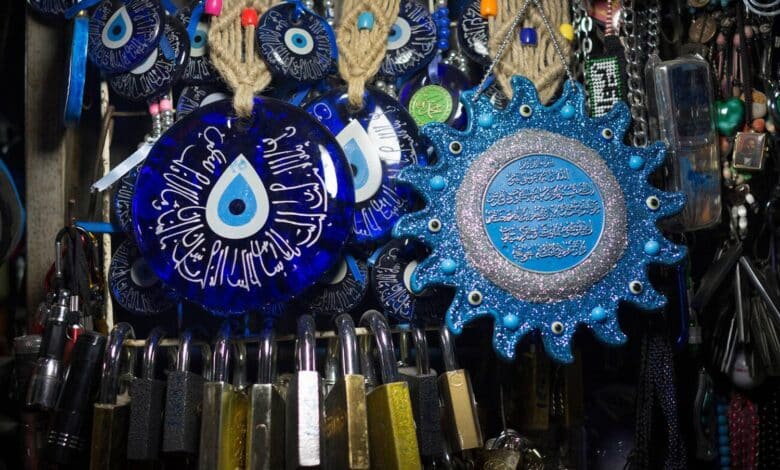
Superstition in Iran plays a significant role in Iranian culture, reflecting the nation’s rich history and philosophical outlooks. Everyday practices such as burning wild rue to ward off envy or pouring water behind travelers for their safe return showcase how these beliefs are deeply embedded in daily life. In rural areas, these practices often carry a stronger spiritual significance, with entire communities participating in rituals centered around superstition in Iran.
Meanwhile, urban settings tend to interpret these customs more symbolically, blending them with modern lifestyles while preserving their cultural essence.
In the context of superstition in Iran, urban settings tend to interpret these customs more symbolically, blending them with modern lifestyles while preserving their cultural essence.
Exploring superstition in Iran reveals the intricate ways they influence daily life and societal norms, bridging ancient practices with contemporary Iranian society while emphasizing the significance of these beliefs.
From ancient Zoroastrian beliefs to Islamic traditions and folklore, these practices provide a window into Iran’s cultural fabric. Exploring these superstitions reveals the intricate ways they influence daily life and societal norms, bridging ancient practices with contemporary Iranian society.
Contents
Historical Roots of Superstition in Iran
Many Iranian superstitions in Iran have origins in Zoroastrianism, the ancient religion of Persia, fostering rituals to protect against malevolent forces related to superstition in Iran.
Zoroastrian Influences
Key practices in superstition in Iran included the use of fire as a purifier and avoiding nocturnal activities like whistling, believed to attract demons, showcasing how deeply ingrained these traditions are.
Many Iranian superstitions have origins in Zoroastrianism, the ancient religion of Persia. This dualistic worldview emphasized the battle between good (Ahura Mazda) and evil (Angra Mainyu), fostering rituals to protect against malevolent forces. Seasonal festivals, such as those celebrating the renewal of nature, often included acts of purification to ensure the balance between these forces.
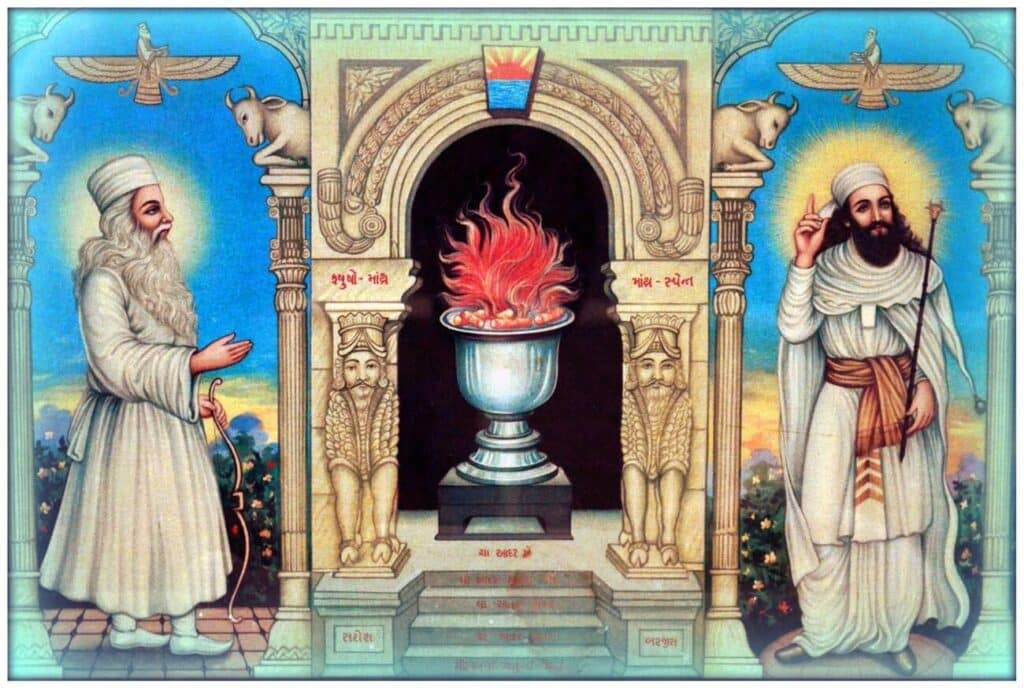
After the arrival of Islam in the 7th century, superstition in Iran evolved to incorporate Islamic elements, blending seamlessly with pre-existing practices to create a unique cultural framework.
This fusion of superstition in Iran highlights how spiritual and mystical beliefs have adapted over centuries to remain relevant in changing social and religious landscapes.
Daily rituals, like maintaining fire altars, symbolized the triumph of light over darkness, reinforcing Zoroastrian teachings in both spiritual and practical ways. Key practices included the use of fire as a purifier and avoiding nocturnal activities like whistling, believed to attract demons.
Zoroastrian teachings on cosmic balance often encouraged acts of ritual purification to safeguard the community, linking these spiritual customs to everyday acts of care and caution.
Islamic Adaptations
After the arrival of Islam in the 7th century, Iranian superstitions evolved to incorporate Islamic elements. The belief in the evil eye (Cheshm Zakhm) and jinn became deeply embedded, blending seamlessly with pre-existing practices to create a unique cultural framework.
For example, invoking protective prayers like Ayat al-Kursi or using Quranic verses in talismans became a common way to shield against perceived dangers. This fusion highlights how spiritual and mystical beliefs have adapted over centuries to remain relevant in changing social and religious landscapes.
The concept of the evil eye is one of the most widespread superstitions in Iran. It centers on the idea that envy or admiration can unintentionally cause harm, showcasing the cultural significance of these beliefs.
Types of Superstitions in Iran
The Evil Eye (Cheshm-e Zakhm)
The concept of the evil eye is one of the most widespread beliefs in Iran. It centers on the idea that envy or admiration can unintentionally cause harm.
Protective measures include using Nazar charms, blue eye-shaped beads believed to neutralize negative energy, and saying invocations such as “Mashallah” to counteract envy.
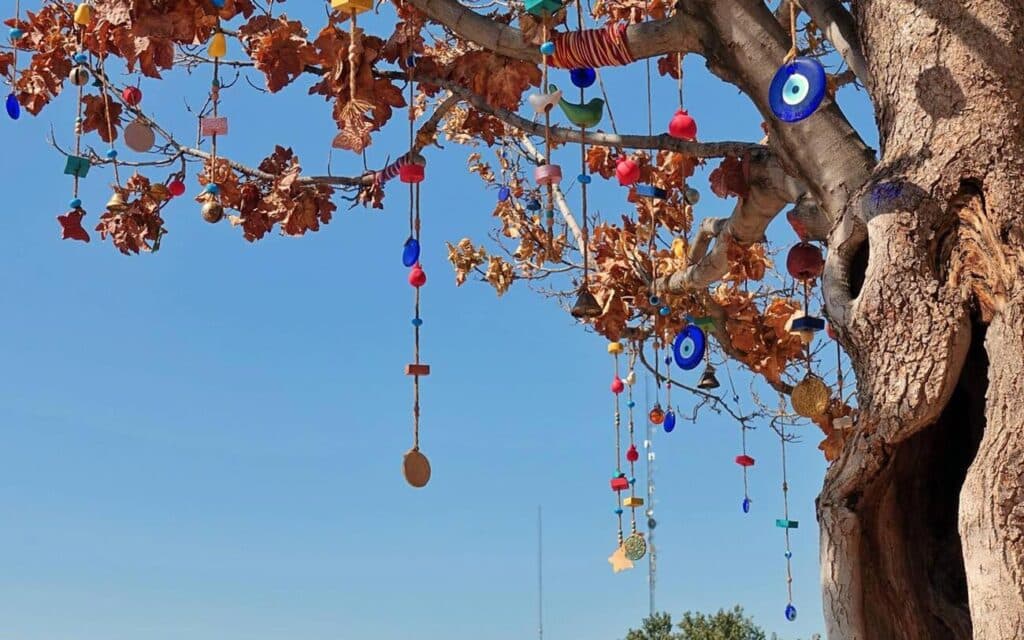
The evil eye is particularly associated with moments of pride or celebration, such as weddings or the birth of a child, when families are especially vigilant about protecting their loved ones from unintended harm.
Beliefs About Jinn
Jinn, supernatural beings believed to inhabit a parallel world, are an enduring part of Iranian folklore. Their presence often shapes behaviors and rituals, such as avoiding isolated or desolate areas at night to prevent encounters with jinn.
Some households recite specific prayers or verses before entering unfamiliar spaces, seeking protection from potential harm. These practices demonstrate the deep respect and caution associated with jinn in Iranian culture.
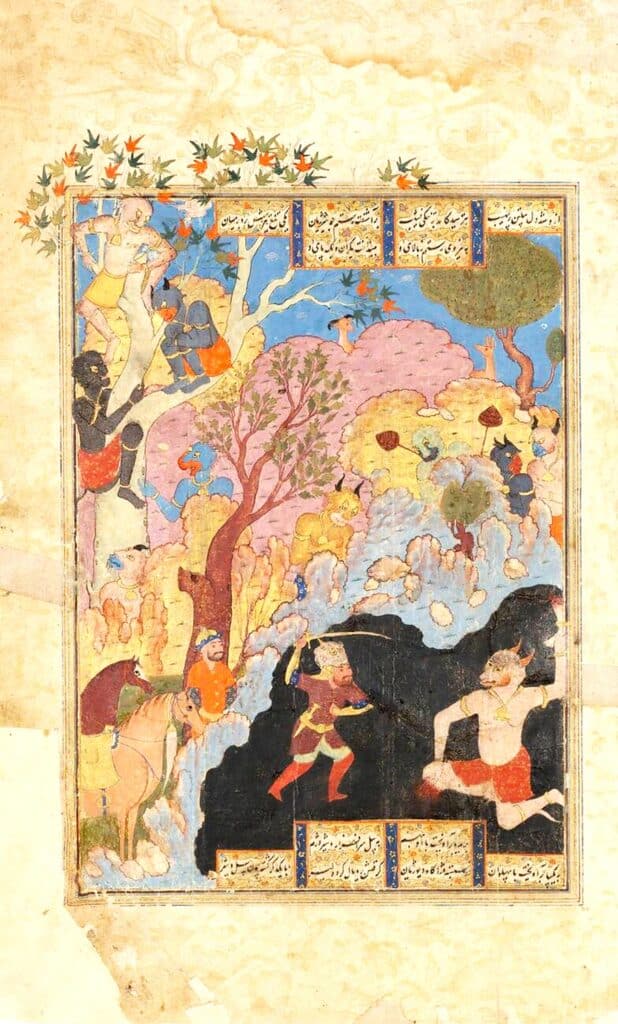
One popular story tells of a lone traveler who encountered a jinn disguised as an old man in the desert. This tale not only highlights the dual nature of jinn as both feared and respected entities but also illustrates their role in teaching values such as generosity and caution.
This practice is often accompanied by light-hearted remarks or laughter, illustrating how superstition in Iran remains a shared cultural touchpoint in daily interactions.
Such narratives are a key part of Iranian folklore, emphasizing the moral lessons intertwined with supernatural beliefs. Tales of jinn are often recounted during gatherings, adding an element of mystery and tradition to communal storytelling.
Everyday Superstitions
The Number 13
Breaking a mirror is one of the many superstitions in Iran thought to bring misfortune, rooted in ancient beliefs about the soul and its connection to the unseen world.
The number 13 is considered unlucky in Iran, as it is in many cultures. During Sizdah Bedar, the 13th day of Nowruz (Persian New Year), families spend the day outdoors to avoid bad luck at home.
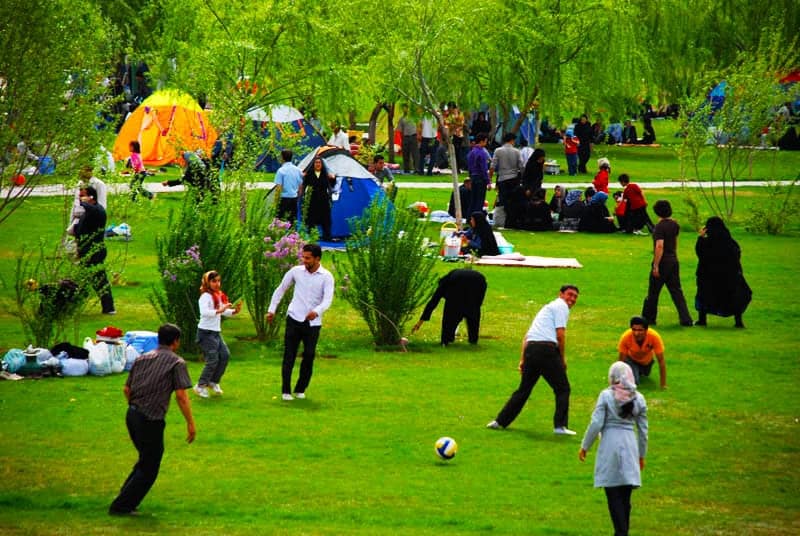
Pouring water behind a traveler is a common superstition in Iran, believed to ensure their safe return, emphasizing the significance of care and spiritual protection.
This tradition has transformed into a festive celebration, blending cultural resilience with the superstitious avoidance of misfortune. Many families use the opportunity to connect with nature, reinforcing themes of renewal and prosperity that counterbalance the ominous associations of the number 13.
Spilling Salt
Spilling salt is believed to invite arguments. A common remedy is to throw a pinch of salt over the left shoulder to ward off bad omens.
This widely practiced ritual reflects the importance of superstition in Iran and its ability to ward off the evil eye and prevent misfortune.
For example, someone might knock on wood as part of their superstition in Iran after complimenting a child’s health or discussing a recent success.
This practice is often accompanied by light-hearted remarks or laughter, illustrating how superstition remains a shared cultural touchpoint in daily interactions. Even in modern households, such moments serve as reminders of the rich tapestry of inherited traditions.
Broken Mirrors
Breaking a mirror is thought to bring misfortune, rooted in the ancient belief that mirrors reflect the soul and its connection to the unseen world.
For instance, it is common for someone who accidentally breaks a mirror to immediately pray or perform a small ritual, such as reciting verses from the Quran or lighting Esfand, to counteract the potential bad luck. This illustrates how the belief continues to influence behavior in everyday life, bridging ancient symbolism with present-day actions.
Pouring water behind a traveler
Pouring water behind a traveler is a common practice in Iran, believed to ensure their safe return. This tradition has its roots in ancient beliefs that water symbolizes purity and continuity.
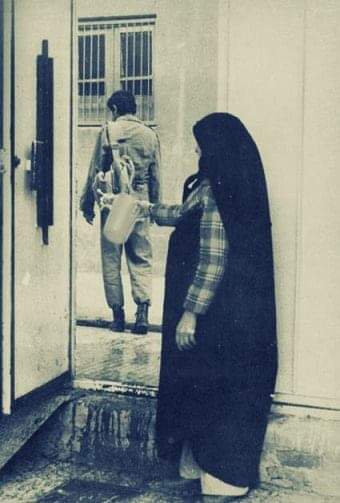
On Yalda Night, families gather to protect themselves against dark forces, showcasing how superstition in Iran plays a role in cultural celebrations.
These practices reflect the cultural emphasis on harmony, hope, and resilience in the face of challenges related to superstition in Iran.
By pouring water, family members express their hope for the traveler’s smooth journey and eventual safe return, emphasizing the importance of care and spiritual protection in Iranian culture.
Knocking on wood
A widely practiced ritual to ward off the evil eye and prevent misfortune. In Iran, this often involves lightly tapping on a wooden surface immediately after expressing a positive thought or hope.
For example, someone might knock on wood after complimenting a child’s health or discussing a recent success to prevent attracting negative energy.
Sneezing before starting a task
Causes a brief delay as it’s seen as a warning. While this belief remains common across Iran, it is often followed more strictly in rural areas where traditional practices hold stronger sway.
Superstitions in Cultural Practices
Weddings and Births
Life events in Iran often incorporate superstitious rituals. For example, during wedding ceremonies, burning wild rue (Esfand) is believed to repel evil spirits. Similarly, tying a red ribbon around a baby’s cradle is a common practice to protect against malevolent forces.
Understanding superstition in Iran enhances cultural appreciation, allowing visitors to engage with the rich traditions that shape daily life.
Festivals and Traditions
Superstitions also play a role in Iranian festivals. On Yalda Night, the longest night of the year, families gather to protect themselves against dark forces through symbolic acts. Specific foods, such as pomegranates and watermelons, are eaten as symbols of life and rebirth.
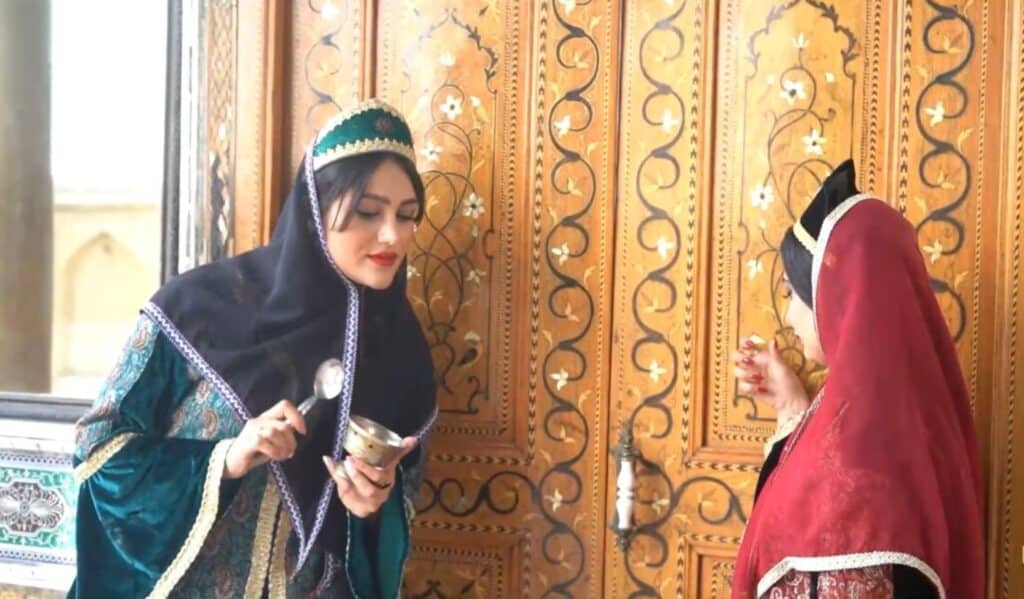
Reciting verses from Hafez’s poetry is a cherished tradition, believed to bring insight and guidance. Families often take turns randomly opening Hafez’s Divan to select a verse, a practice known as Fal-e Hafez. These practices, combined with prayers, reflect a deep cultural emphasis on harmony, hope, and resilience during the year’s darkest night.
Burning Esfand
Iranian superstitions in Iran offer a fascinating glimpse into the interplay of history, culture, and spirituality.
Understanding these superstitions in Iran not only reveals their historical significance but also helps visitors appreciate the cultural diversity that continues to shape daily life.
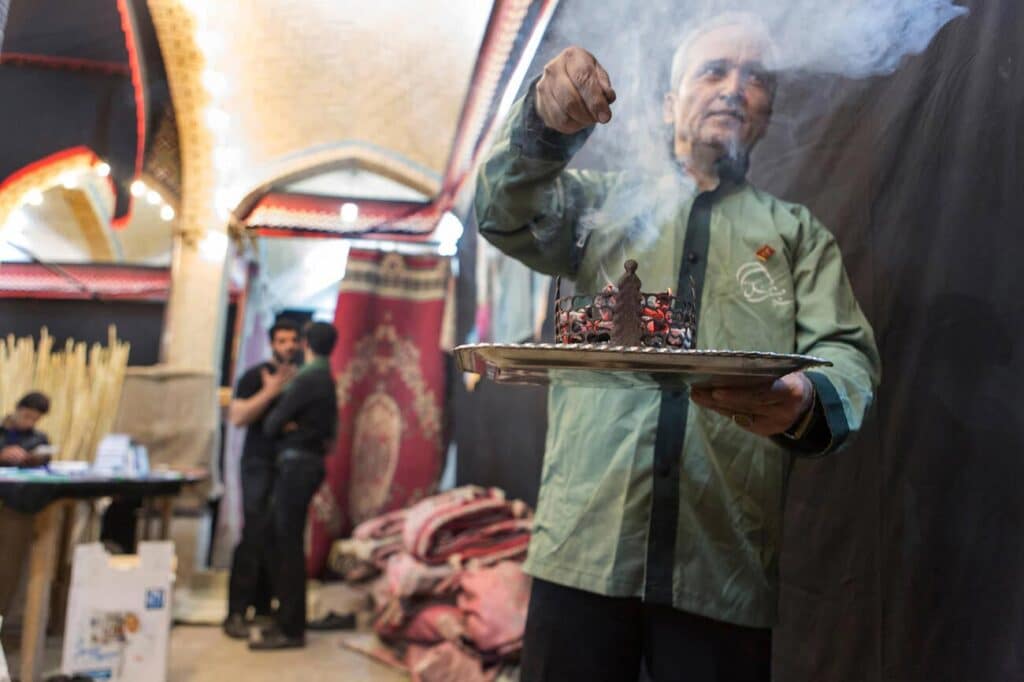
Wild rue seeds are burned on hot coals to ward off the evil eye and envy. This practice is especially common during family gatherings or significant events.
Rain on a wedding night
Seen as a sign of good fortune and blessings for the couple. This belief often brings joy and optimism to an otherwise unpredictable occurrence.
Modern Perspectives on Superstition
A Blend of Science and Tradition
Although modernization has influenced Iranian society, superstitions persist as symbolic gestures and cultural traditions rather than literal beliefs.
Among younger generations, these practices are often viewed with a mix of curiosity and skepticism. While some embrace them as meaningful links to their heritage, others see them as interesting cultural anecdotes rather than strict guidelines.
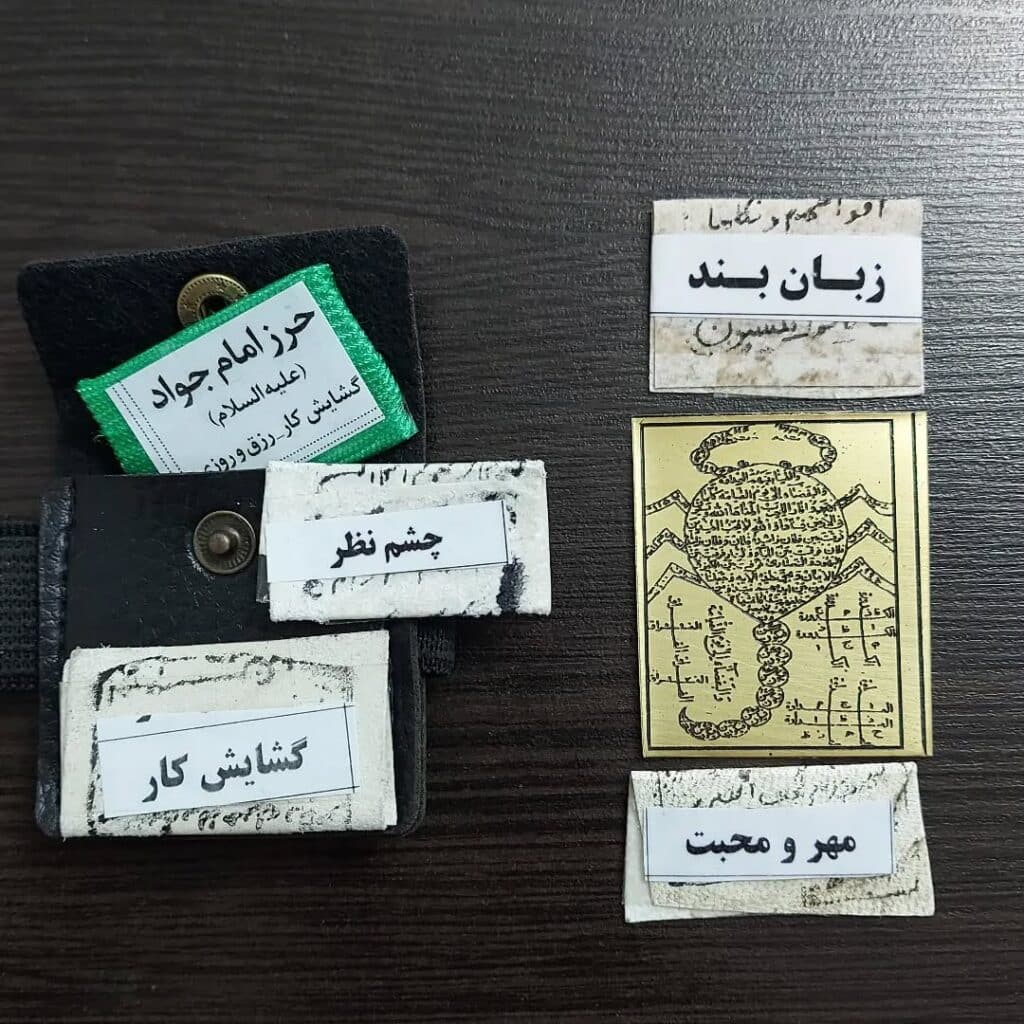
Influence on Art and Literature
Iranian art and literature frequently use superstitions as metaphors. From Ferdowsi’s Shahnameh to contemporary films, supernatural elements often serve as reflections of deeper existential and cultural themes.
Navigating Superstitions as a Visitor
For tourists, understanding Iranian superstitions enhances cultural appreciation. Respecting rituals, such as burning Esfand or admiring Nazar charms, provides a deeper connection to Iran’s traditions. Observing these practices enriches your journey and fosters meaningful interactions with locals.
Conclusion
Iranian superstitions offer a fascinating glimpse into the interplay of history, culture, and spirituality. By exploring these customs, visitors can appreciate how historical practices shape contemporary values and enrich the country’s cultural tapestry.
Understanding these beliefs not only reveals their historical significance but also helps visitors appreciate the cultural diversity and deep-rooted traditions that continue to shape daily life in Iran.

